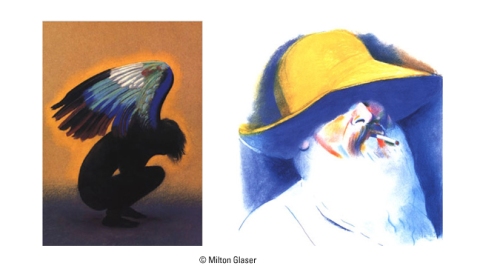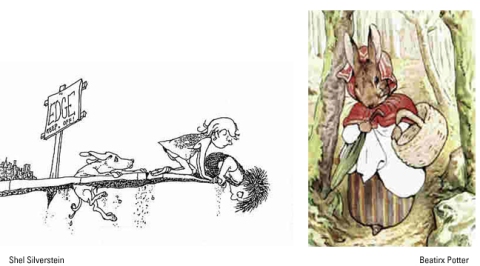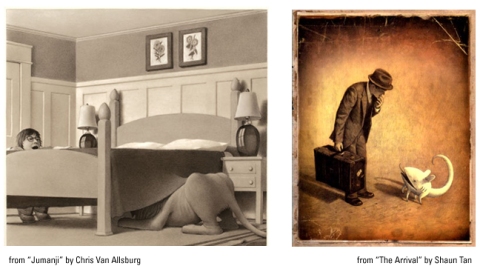
© Patricia Saxton
Maybe because I’m in the thralls of illustrating another book, or maybe because of a letter I recently received from a Savannah College of Art student .. or maybe that combined with the Teen Arts Show I critiqued last night… or maybe, it’s just me and that thoughts of illustration are never far off and it seems a good time to say a few things.
So here we go.
Illustration is about illustrating. No kidding, you say. But unless you’re talking about technical illustration, or maybe medical illustration (although, to be fair, even within these more structured realms you’ll find varying degrees of expression) illustration is really about the illustrating of ideas.
It’s not about drawing or painting, tools, colors or style. These have a gigantic impact ~ but alone, they do not tell the story.
In the old days, to illustrate literally meant “to illuminate”. I like to think of illustrating as a creating a visual voice. So, while drawing may be the most common foundation, illustrations need to say something. Explain. Expound. Express. Something pertinent.
I spent countless hours of my youth drawing. Everything in sight. I knew I had “talent”, but didn’t think I was “creative”. Give me a toaster and I’d draw the best damn toaster you’d ever seen. But could I make the toaster clever? Could I make it intriguing, or would it just be a fine toaster? I had doubts.
Then one day the veil broke. Or maybe it was a dam. Either way, I passed through “ability” into a place where creativity flowed more freely.
It might work the other way around for some people, but however we get there, an illustrator needs to a.) think conceptually and b.) have command of their style(s) so that their work exhibits a steady, reliable quality.
A sense of design is also marvelously valuable (how will an illustration look on a page in relation to text and/or other elements?).
Being dependable and trustworthy is another handy trait, especially if one wants repeat work.
And then, you need to pack a sense of humor in your bag ~ not necessarily towards the art itself (unless meant to be funny), but towards the process… because things happen, people happen, emotions happen, mistakes happen. Half of life (if not more) is attitude.
Now for the show… Just a handful of some well-known (and fantastic) illustrators who’ve consistently made great work, paved the way, inspired others, touched lives and even earned a living doing so.
























